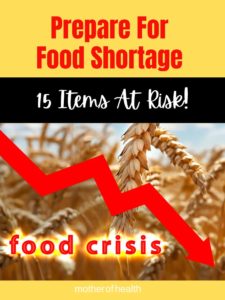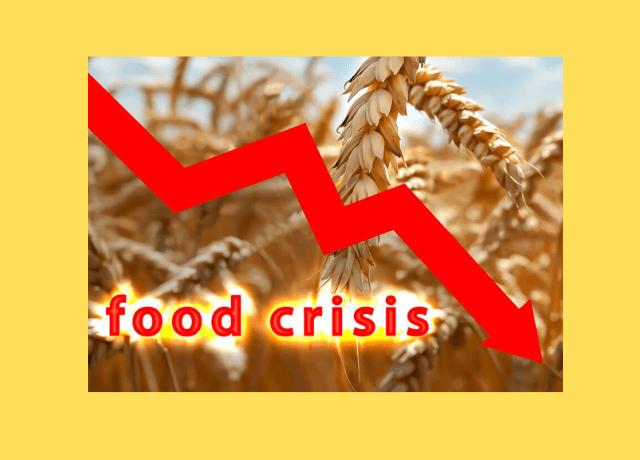With the world becoming increasingly fragile over the last few years, you’re likely aware of what’s ahead for the supply chain. We now live in extremely uncertain times. Here you'll learn the 15 foods to stock up on now due to supply chain risk so you can prepare for food shortage.
A few years ago, if someone were to tell you the shelves in your local grocery store were bare, you wouldn't believe them. Now, this has become a real possibility.
The fifteen items listed here are food items currently at risk of disappearing for a variety of reasons.
30 nations have already begun to restrict exports, and the ongoing war in Ukraine has disrupted supply chains for some items like wheat.
The cost of food staples, like eggs and rice, has increased in some countries by as much as 50%.
To help you understand, here's an explanation and warning from a farmer's perspective.
This is in no way a comprehensive list of food shortages, but it will give you an idea of the possibilities and what you need to look for when stocking your own prepper pantry.
1. – Stock Up on Powdered Dairy Products
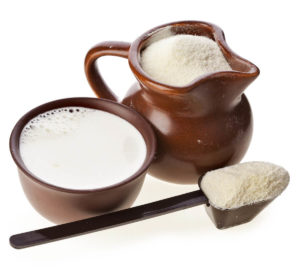
When the pandemic hit, restaurants closed and dairy farmers were forced to get rid of their milk. When this happens, they can't just quickly start producing again at full speed resulting in shortages.
Many of the dairy farmers were left no choice but to close or sell their farms. Even the closing of public schools had an effect on the demand for dairy.
Not only do you want to stock up on shelf-stable milk in your prepper pantry, but if dairy is a part of your diet, you'll want to stock up on powdered cheese and butter, too!
Because I've been reading so much about the food shortages ahead, I've been experimenting with sour cream powder, buttermilk powder, cream cheese powder, heavy cream powder, and white cheddar cheese powder over the summer. These all-natural cheese powders are perfect for storage and spontaneous needs.
I've used these dairy replacements in nachos, tacos, baked potatoes, salad dressings, bagels, spreads, dips, and coffee creamer. They are all absolutely delicious, creamy, and convenient replacements for typical refrigerated dairy products. These premium replacement powders are hormone-free, non-GMO, keto-friendly, and produced on dairy farms in the USA. All you need to do is mix these with a bit of water to rehydrate them.
Not only can you find whole milk powder, but there are powdered nut milk options available in powdered form. You can find cashew, almond, and coconut milk.
2. – Food Shortage of Animal Protein
Like dairy, most meat production slowed during the pandemic. Many farmers were forced by politicians and government officials to shut down their chicken, beef, and pork production. That means some farms went under and it may take a long while before supplies are back to normal.
There are all kinds of survival meats you can invest in to keep stored in your prepper pantry.
Start with canned fish such as canned tuna, and salmon. Also, canned meats like chicken, pork, and beef depending on your dietary needs.
You can then start shopping for a variety of other meats, such as dried taco flavored meat, dried pulled pork, dried chicken, and dried sausage.
3. Tomatoes Are the Latest Food Staple that May be in Short Supply
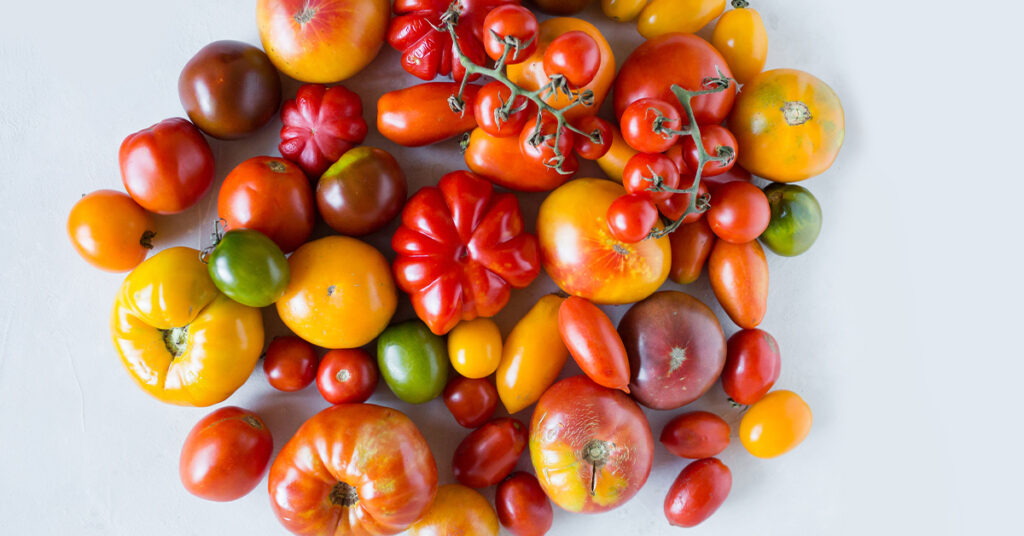
Tomatoes are the main ingredient in marinara sauce, tomato soup, canned tomatoes, tomato paste, ketchup, and other pantry staples.
We are told the shortage is partially due to drought conditions in California, where most of the world's canned tomatoes are grown.
Stock your pantry with tetra paks of tomato products or if you're lucky to have a community garden, or grow your own tomatoes, and start preserving them now.
4. Complications with Eggs and Egg Supplies
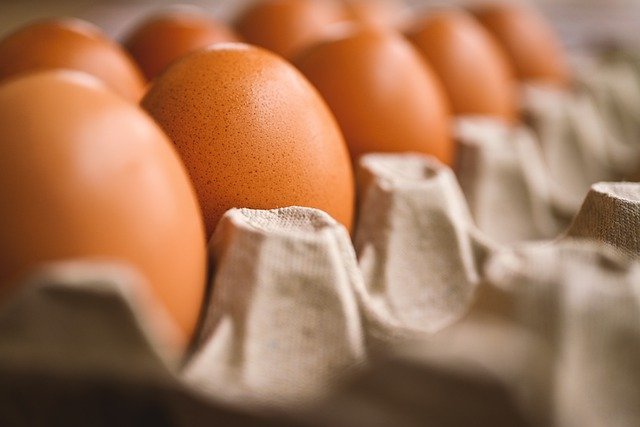
Avian flu, commonly called bird flu is being blamed for the culling of tens of millions of egg-producing chickens.
In 2015 over 36 million chickens were killed to prevent the spreading of the bird flu outbreak. This not only causes diminished supplies but also causes prices to soar.
It is predicted eggs will be $12 a dozen in August.
There is a risk that we may face a shortage of eggs because of how the fragile supply chain operates today.
To be prepared, make sure you have a steady supply of egg products on hand that will last you for years to come.
Powdered eggs can last up to ten years on a shelf and need no refrigeration, which is perfect if the grid goes down.
You can buy a 2 lb can of Augason Farms full of whole dried egg powder that will give you 46 servings and deliver over 5,520 calories total.
Use dried eggs for omelets, scrambled eggs, quiches, and cooking recipes. They come dehydrated, so you just add a little water to them and it’s just like cracking a whole egg in a bowl.
5. Pasta is Becoming Scarce on Grocery Store Shelves

Pasta is a versatile shelf-stable food and now because of the Russia-Ukraine war, supplies are even shorter than before.
Those two countries supply over ¼ of the entire world’s wheat supply. So that means you may not always find what you need to make manicotti, spaghetti, lasagna, fettuccine, or some other pasta dish of choice.
The supply of Durham wheat, which is often used to make pasta has been in short supply because of high energy costs, labor shortages, and even drought in areas like Canada.
In addition to stocking up on pasta and sauce, you should also learn how to make your own pasta. This will come in handy in the event of a shortage or survival situation.
You can do it with nothing more than flour, oil, water, and eggs. Use dried eggs if those are not short in supply, too. You don’t have to have a pasta machine, but it doesn’t hurt to have one on hand to make things easier.
6. Be Sure to Supply Up on Bottled and Canned Beverages
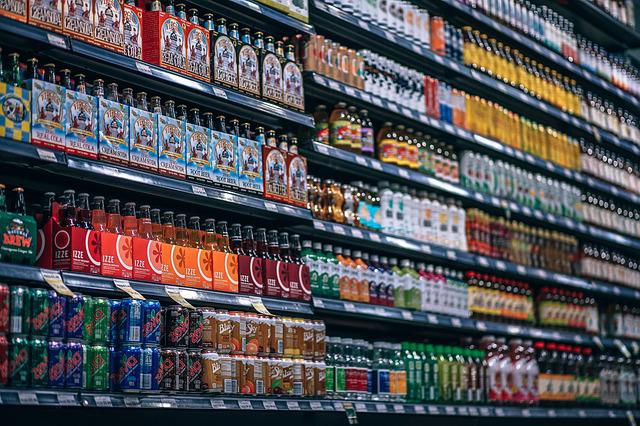
There may be a short supply of glassware, plastic, or aluminum. This could mean manufacturers of your favorite beverages are unable to bottle and stock them at your local stores. UK breweries are considering how they’re going to bottle their beer now that glass bottles are in short supply.
How did this happen? The high cost of energy has made it difficult for some companies to produce products like glass and containers.
The lockdowns during the pandemic made the demand for canned drinks soar, creating a tighter squeeze on manufacturers.
Not only that, but gas prices and labor shortages are causing companies to limit supplies being delivered to stores.
If you enjoy beer or wine or want to have some around to barter, learn how to make your own or stock up on brands that can be kept and stored without refrigeration. There are all kinds of homebrew kits you can get to learn the process, too.
7. Powdered Cheese Can Make Any Survival Food Taste Good
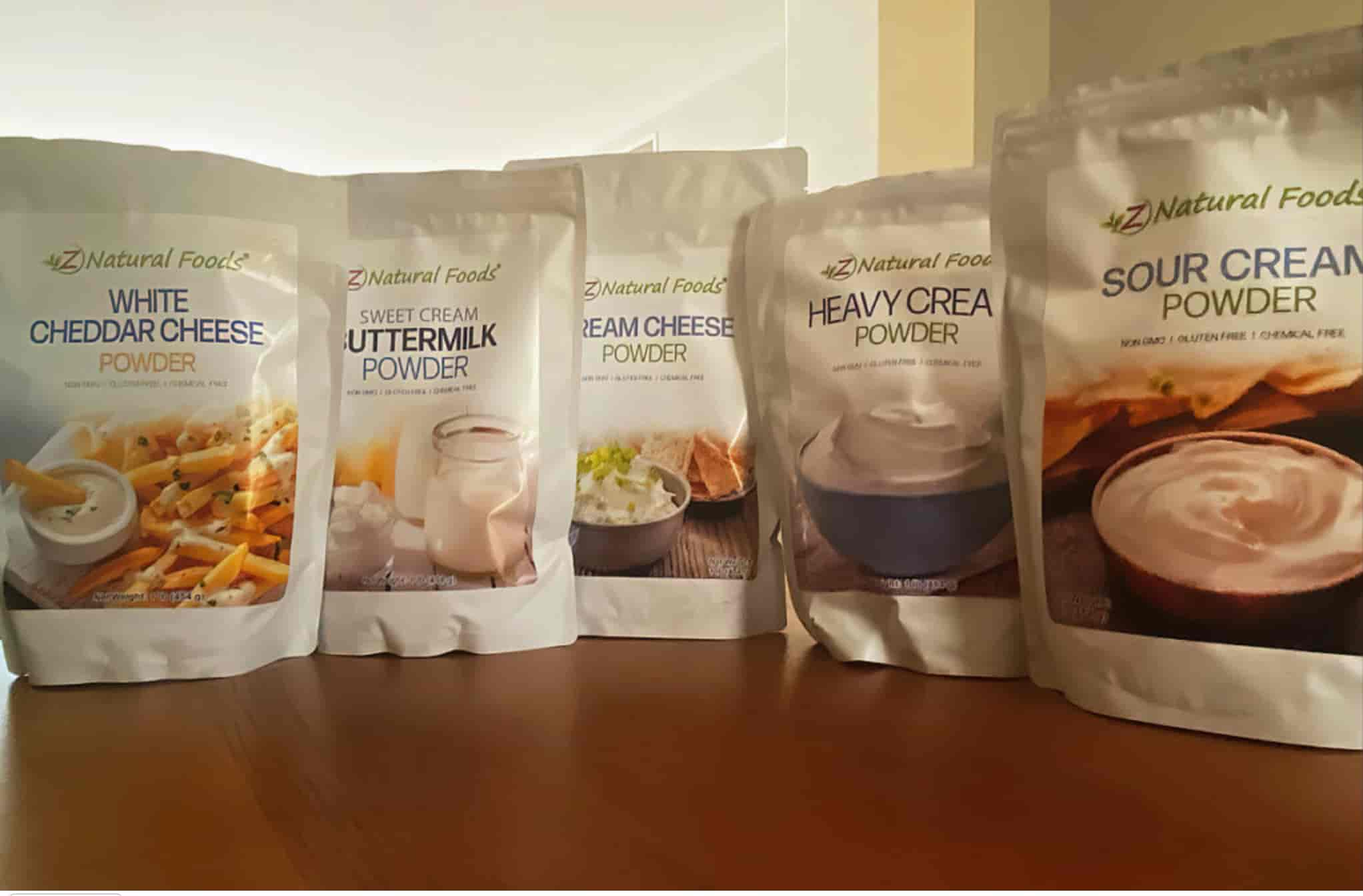
Cheese supplies may also be interrupted, due to a variety of situations. The good thing about cheese is that it can last for years if it is packaged correctly.
You can buy bundles of cheese blocks or cheese wheels that are shelf stable. You can also buy cheese blend powders that will store safely for up to 10 years. Use these in recipes such as macaroni and cheese or to make cheese dip or put in an omelet or flavor rice.
You will find survival cheese that comes in a blend, as well as individual flavors such as white cheddar, regular cheddar, mozzarella, and more. All you need to do is add a little water or oil to create a cheesy sauce.
Some of these survival canisters of survival cheese, such as the Augason Farms Shredded Colby Cheese has a shelf life of up to 30 years and can provide 107 servings and over 3,200 calories.
8. Keep An Eye on Vegetable Crop Shortage
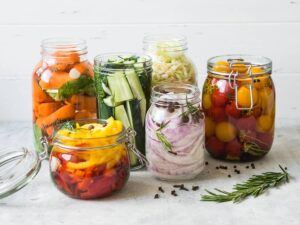
There are a variety of reasons we may see a shortage of vegetable crops. For example, the same thing that happened to meat and dairy producers also happened to suppliers of foods like potatoes and leafy greens.
There are many opportunities for something to go wrong in the process of getting food from the farm to your table. For example, a drought could make the crops weaker.
If something happens to the bees or other pollinators, it can be hard for your crops to grow. Fires can also damage crops and it takes a long time to rebuild them and get production back to normal levels.
Every opportunity you can, buy or preserve shelf-stable vegetables and add them to your food pantry.
You can also buy dried vegetables in survival bulk containers that will last up to 25 years.
You can find all kinds of survival dried vegetables – including onions, potatoes, carrots, corn, spinach, peas, celery, green beans, broccoli, and more. Just rehydrate them and use them as you want and need to.
9. Have an Adequate Supply of Canned or Dried Fruit
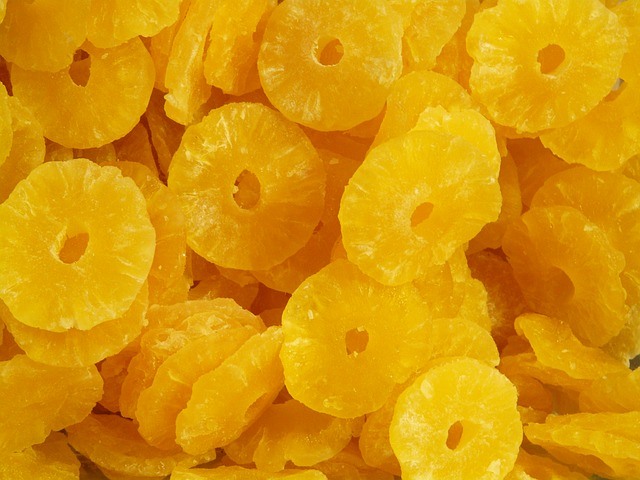
Start stocking up on canned and dried fruit. You can find canned and dried pears, applesauce, peaches, apricots, mangos, mandarin oranges, pineapple, and even mixed fruit.
Try to get fruits that provide nutrients for you and your family. For example, apricots are rich in beta carotene and vitamins A, C, and E.
They also have many antioxidants. During the pandemic, many natural health advocates promoted pineapple as a food that could ease respiratory problems, so it's a good idea to have some on hand just in case you need it.
You can also find dried fruit in smaller packages. You can find dried apricots, mangos, cherries, peaches, blueberries, cranberries, raisins, prunes, and more. You’ll probably want to invest in large quantities of survival fruit containers.
You can buy things like a ReadyWise Dried Fruit Bucket with 120 servings of fruit that lasts up to 20 years. It contains dried strawberries, bananas, peaches, and apples. You can use these in recipes for desserts or just as a high-quality snack.
Some other buckets have even more. The Augason Farms Freeze-Fried Fruit Bucket has apples, bananas, blueberries, strawberries, and raspberries – but it also contains a dehydrated dessert whipped topping and this bucket lasts up to 25 years.
10. – Some Grains May Become Difficult to Find
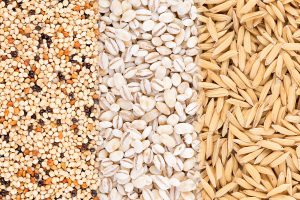
Fertilizer and pesticide shortages as well as energy costs are fueling a grain shortage problem. Bottlenecks in the supply chain leave many supplies sitting unused and unable to make it to store shelves.
Without wheat, you can say goodbye to pasta, pizza, bread, and other goods. You’ll want to start stocking up on the whole grains you use most frequently – like flour and rice, for example.
You can also buy survival buckets of these non-perishable foods, like an Augason Farms white rice or All Purpose Four pail that’s 18-pounds to last you 257 servings for up to 30 shelf life years.
You can also buy flour, brown rice, wheat berries, and more. Before you buy grains in bulk, learn how to use them. For example, you can learn how to grind wheat into flour that you can then turn into pasta, bread, or pizza dough.
You may want to invest in a few food preparation tools like a wheat grinding machine or bread mixer that makes the process easier. Keep in mind that if you want to make things like bread from your wheat, you’ll need yeast to make it rise.
Stock up on the packets and jars of yeast (instant or otherwise) and have bread-making recipes printed out and laminated so that if the grid shuts down, you’ll know how to make it without the use of the Internet.
11. There's a Baby Formula and Food Crisis

The baby formula shortage started with a shutdown of one of the country’s largest manufacturing plants due to a product recall. The federal government dropped the ball on getting this plant swiftly in compliance and reopened.
Some children had to be hospitalized because of the current supply chain bottlenecks and global issues like import restrictions.
Some popular brands of baby formula ran out of stock quickly, leaving people who needed specialized formula for their babies unable to find what they needed. Emergency shipments had to be flown in, and that wasn’t enough to cover a drop in the bucket.
Some mothers donated breast milk to help other mothers who were having trouble getting infant formula. Not only was formula hard to find, but many parents had to quickly switch their children from liquid nutrients to baby food.
So then those began coming up short in supply. Not to mention they’re packaged in glass containers, and that is a problem in and of itself.
Making your own baby formula and food is an excellent idea, but you need to get guidance to make sure the food has all the right nutrients for your baby.
Baby formula can be kept unopened for up to a year or 18 months, depending on the product. You might also find pouches of baby food for babies and toddlers that last up to a year.
#12. Don't Forget Your Fur Babies – Pet Foods to Stock Up on

You may start to see that wet pet food comes in pouches instead of cans. As stated above, this is because there is a shortage of containers, so manufacturers are trying to find other ways to get their products to market.
Some pet food is manufactured with grains, but there is a shortage of grains right now. This is because of drought and war-torn areas impacting production and exports.
You want to buy wet and dry pet food as much as you can. Another good idea is to experiment with other brands of pet food in case you can't find your preferred brand.
Homemade pet food for your pets is an option, but it is important that you know how to do this in case the grid goes down and you can't look it up online.
If you are using treats to train or reward your pet, make sure you have enough. Many pet treats are made with grains, so they might be hard to find.
13. Cooking Oil May Be at Risk

If you’ve been checking in on grocery prices for usual cooking items like oil, you may have noticed a sharp increase in the prices. Some are reporting that there’s a decline in production due to historic droughts in various areas.
War and other problems are making it hard to get cooking oil. Stores are sometimes limiting how many bottles can be purchased by each consumer. For this reason, you’ll want to periodically pick up more oil, even if you don’t need it right away.
In South America, the drought has made the cost of soybean rise dramatically, making it more expensive for oil here.
If you see olive, avocado, and coconut cooking oil on sale, or with a buy one get one free deal, go ahead and buy some. Or learn how to make ghee, which has a shelf-life of up to 18 months. The prices are going to keep going up, so it's better to have some now.
If you’re unable to find oil, you can have butter powder shipped to you, which can provide a base to cook in. It has a long shelf life of up to 10 years, too.
14. Supplements May See a Shortage
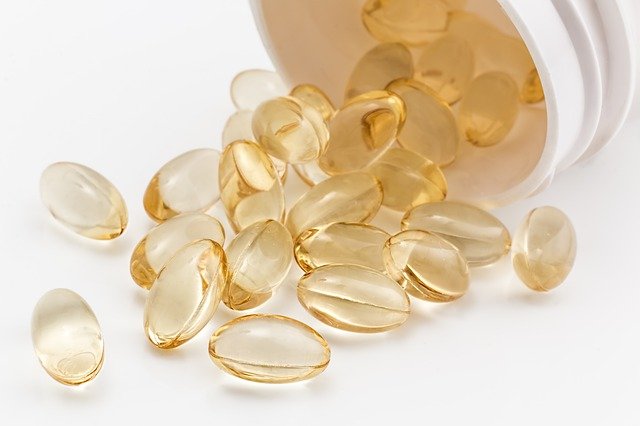
When people are looking to improve their health, for example by boosting their immunity during a pandemic, there will likely be a shortage of supplements.
You want to have a variety of supplements on hand in your prepper pantry, so you can stay healthy during any kind of survival event. People who are working out are finding that creatine and protein supplements are in short supply.
People who rely on supplements like vitamin E and C are also experiencing short supplies, depending on where they’re located.
You should have both supplements and food in your survival pantry. The food should have the nutrients you need most, in case you can't get supplements.
Right now, raw material shortages, labor shortages, container shortages, and harbor bottlenecks are all contributing to manufacturers not being able to get products on shelves for consumers.
It’s a good idea to get blood work done for members of your family to see where your deficiencies are. You can suffer a lot from different health issues if you're not getting proper nutrition. Making sure you have plenty on hand is important.
15. Paper Supplies Are Still Running in Short Supply

Not only are food supplies at risk, but paper products like toilet paper and paper towels will continue to run low at times.
This is another situation where the process from harvesting to processing and transportation is a nightmare, whether it’s due to drought, pandemic rules, or something else.
Start stocking up on these important paper supplies whenever you can pick up extras. You may notice prices have already soared for them. Buy in bulk whenever possible to save money.
These are good to store in hotter areas like the garage since your food pantry needs to be a cool, dry area. You can even buy a hanging rack for the garage that will help you have more space for this type of durable survival product.
While we never know what’s to come in terms of emergency survival situations. If you’re listening to the news and global experts, you’ll know it’s not the time to be unprepared.
Davos attendees recently heard from the experts at the World Economic Forum that people are facing famines around the world.
15 Items to Stock Up on to Prepare For Food Shortage – Conclusion
Prepare for food shortages ahead now so that you and your family survive. This includes being prepared for natural disasters, weather issues, high energy costs, or other problems that might stop you from getting food.
Preparing for food shortage doesn’t require a huge budget. You can do a little at a time, shopping with coupons and bargain hunting at discount stores or bulk suppliers. Whenever you make a concerted effort to build your prepper pantry with the most needed items, you’ll quickly see progress.
Make sure you’re keeping track of what you have on hand and what you use. Rotate the supplies according to expiration dates and don’t let anything go to waste. That’s why it’s important to buy products your family already needs and loves, so that you can use them up before a survival event if they’re about to go to waste.
You may have other critical products you need for you and your family based on your personal health. If so, add those to your list of imperative and in-demand items and make sure you’re growing your stock rapidly.
Keep an eye on the news and look for supply chain articles to see what’s expected to be short. You’ll also want to pay attention to certain keywords or hashtags on social media like #foodshortage or #prepareforfoodshortage so that you can see when there’s a run on a certain grocery store item that you may be low in.
